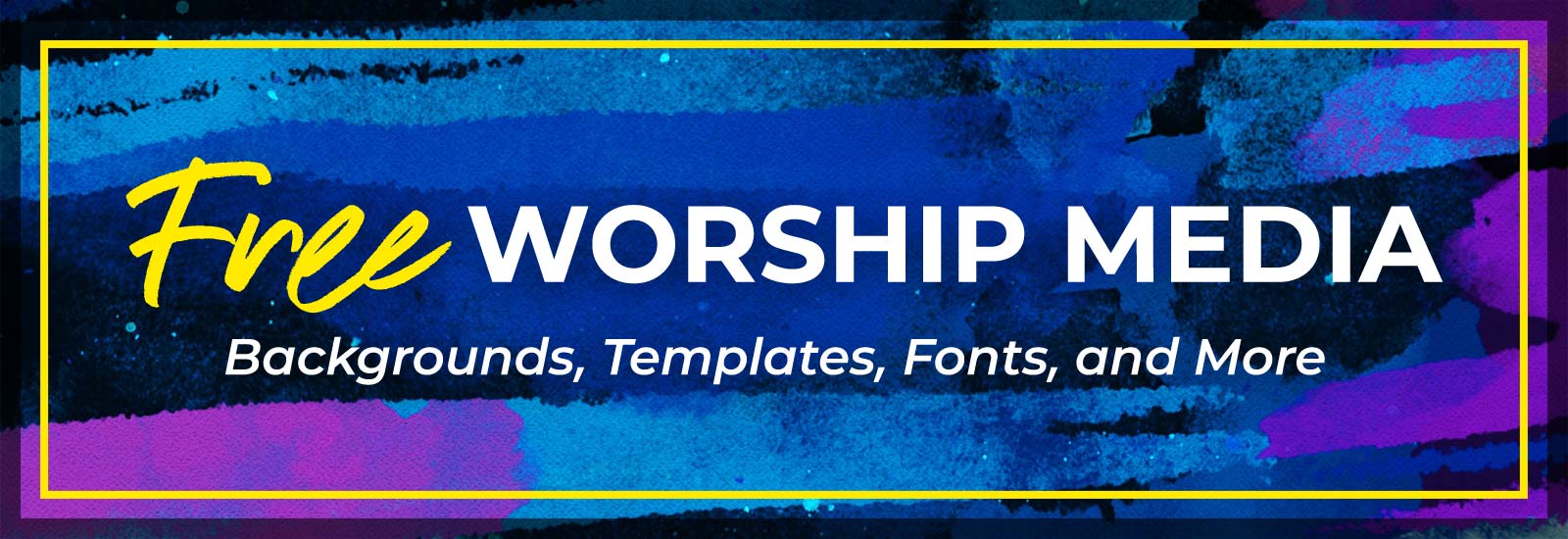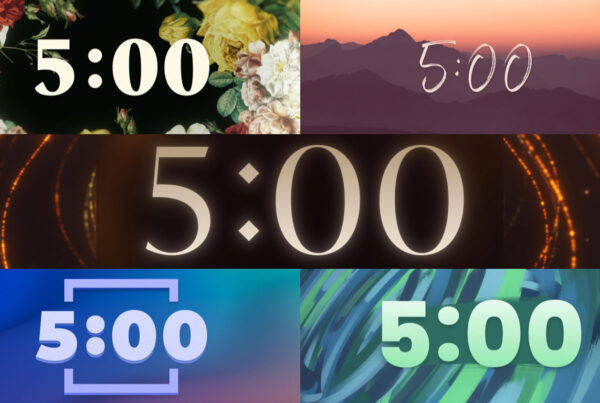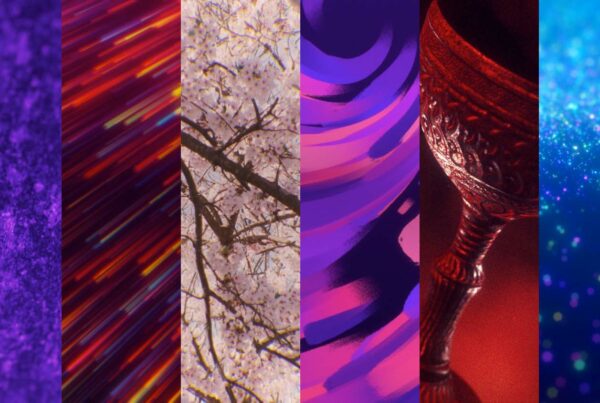
Continued from The Future of Visual Media Part One
I believe that GPU- (graphics processing unit) accelerated video graphics is the future of the visual media in the church. A lot of attention has been focused on the GPU and that’s clear to see when you look at today’s trends in computer animation, the video game industry, motion graphics and new computer hardware improvements. The GPU offers an unparalleled advantage over rendered video, because everything is created on the fly. This allows for the manipulation of, interaction with and response to your motion graphics in real time. Static and repetitive visuals will become a thing of the past and the unlimited potential of GPU accelerated graphics will become the leader in visual media creation.
Peripherals connected to your presentation software will be the key to making your visuals respond to their environments and give instantaneous feedback. An example would be to use a microphone that listens to the beat of a kick drum and communicates withe the GPU to display particles, light and colors on screen with both precession and beauty. This software would also have the intelligence to sense a key change and adjust its visuals accordingly. Or even better than that – the software could recognize a song change, know the name of the new song and adjust its visuals and cues perfectly at the right time. Wouldn’t it be great to see a partnership between Shazam and Renewed Vision to have this type of automation become a reality?
Other peripherals that come to mind are color meters to record ambient light conditions and to match every color emitted from stage and intelligent lights automatically. Cameras could be used to recognize the movement on stage or interpret how a crowd is responding at a particular time. For example, the software would know if the crowd is seated or standing and if there is an entire band on stage or just one teacher.
Peripherals like microphones, color meters and motion cameras would all be useful for visual automation, but there are other peripherals that would be useful tools for the visual artist to use as instruments to create instantaneous visual experiences. These would include rhythmic devices and controllers with their own motion sensors, microphones and capturing functions to stream live data back to the software for visual interpretation and display. Just as a musician plays an instrument to create music, a visual artist would manipulate their devices to create visual art on screen. This would usher in a new understanding for the term “visual worship leader” and would require advanced skills to unleash the full potential of these new toolsets.
Weiv, the interactive visual software that uses Wii controllers to interact with on-screen graphics, is the closest thing in the church media community to what I am predicting will occur in the visual worship space. Their use of GPU-accelerated visual media and motion-sensing peripherals are exactly the type of experience I’m foreseeing. Although they may be far from the finish line, they are definitely on the right path.
Here are my recommendations for anyone building or looking to build interactive visual software:
- Create a professional piece of software designed for visual artists. Cookie cutter tools can only take someone so far. Include all the necessary functions to allow an artist to create, explore, experiment, save and share their creations.
- Allow controls to have course and fine adjustment levels.
- Give artists and developers the tools to create their own visual environments.
- Use the latest graphics rendering engine that can most realistically represent light, shadow, reflection, particles and form. Don’t settle on what joe six pack has for your technical requirements baseline. To move forward as the leading standard for visual media your software needs to match and exceed what is currently possible from today’s video motion graphic designers.
- Utilize the strengths of other developers to create stronger products, faster adoption and larger reach.
- Offer a software development kit (SDK) that is scalable and intuitive.
How do you see visual media changing in the church over time?
Stay tuned for part three as I dive even deeper into the future of visual media.






